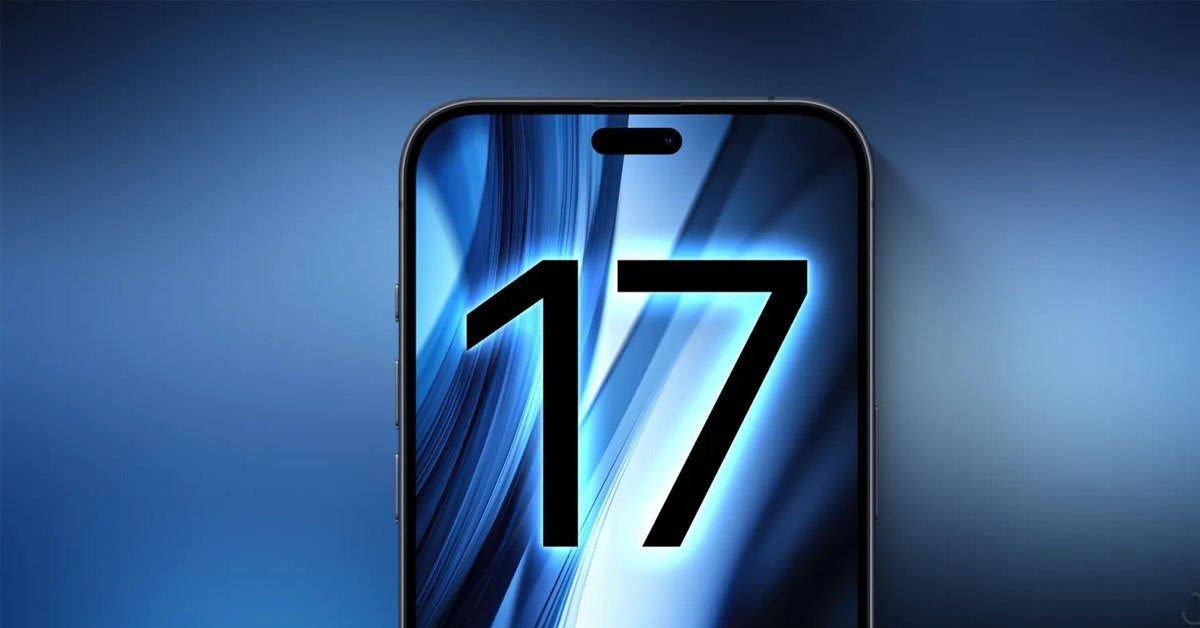Technological hurdles are forcing Apple to once again delay reducing the thickness of future iPhones.
After introducing the slim iPad Pro version last May, it was reported that Apple was also working on a solution for a slim iPhone version that was expected to launch in 2025 along with other Apple devices. However, it seems that the company's plans may have hit a snag.
A recent post from analyst Ming-Chi Kuo on social media X indicates that Apple has once again delayed its plans to use plastic clad copper (RCC) components as a material for its future iPhone versions.
Using RCC components will help reduce the thickness of internal components, thereby freeing up more internal space for the iPhone design.
Apple could then choose to make the iPhone thinner or find another way to use that extra space. Maybe a bigger battery. The material also makes drilling easier because it doesn’t contain fiberglass.
It seems that concerns about the durability and vulnerability of components are behind Apple's decision. In a post on X, Ming-Chi Kuo stated: "Because it cannot meet Apple's strict product quality requirements, the 2025 iPhone 17 model will not use RCC as the PCB material."
It was initially rumored that the technology would be used on the iPhone 16, but it was later delayed for the iPhone 17. Another delay means Apple users may have to wait longer for the design for a slim iPhone model to appear.
Ming-Chi Kuo's report doesn't detail whether Apple plans to use RCC materials for the iPhone 18 in 2026 or if we're looking at a longer-term delay.

